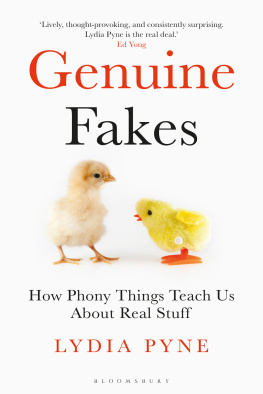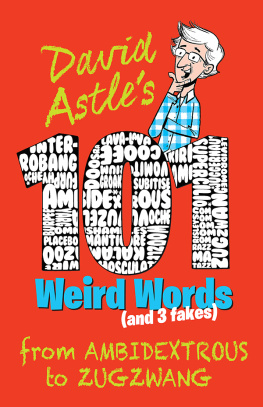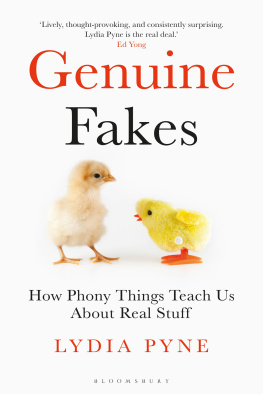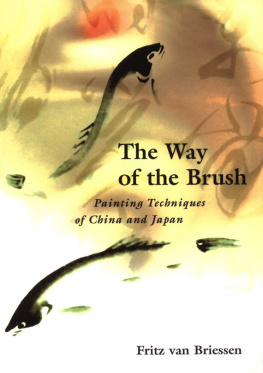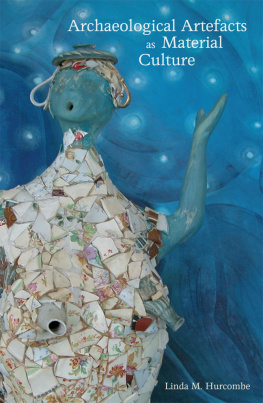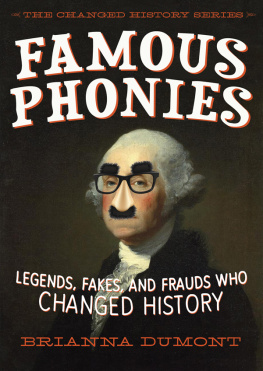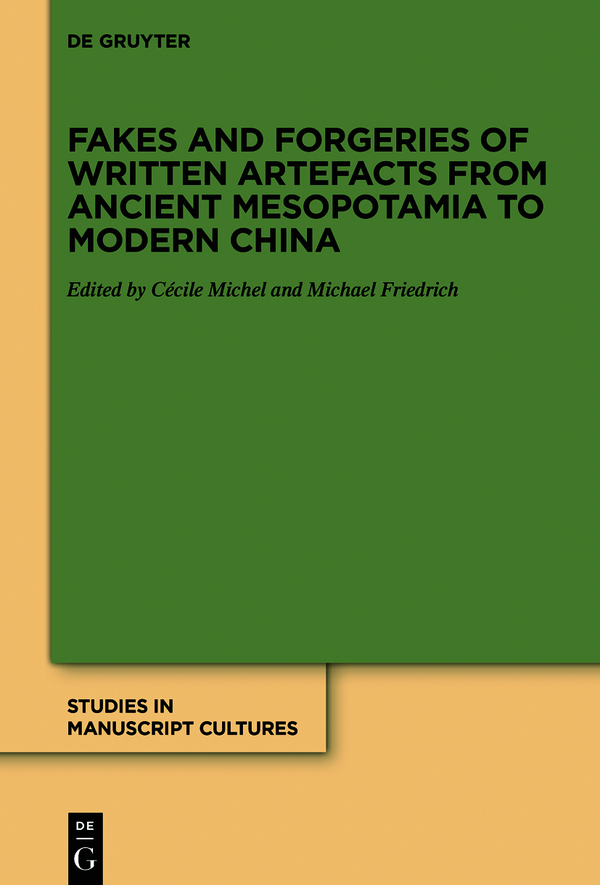Studies in Manuscript Cultures
Edited by
Michael Friedrich
Harunaga Isaacson
Jrg B. Quenzer
Volume
ISBN 9783110714227
e-ISBN (PDF) 9783110714333
e-ISBN (EPUB) 9783110714418
Bibliographic information published by the Deutsche Nationalbibliothek
The Deutsche Nationalbibliothek lists this publication in the Deutsche Nationalbibliografie; detailed bibliographic data are available on the Internet at http://dnb.dnb.de.
2020 Walter de Gruyter GmbH, Berlin/Boston
This work is licensed under the Creative Commons Attribution-NonCommercial-NoDerivatives 4.0 International License.
Fakes and Forgeries of Written Artefacts: An Introduction
Ccile Michel
Michael Friedrich
Fakes and forgeries of written artefacts have made their way through all written cultures, past and present, in various ways. In the cultures of Antiquity, scribes already tried to reproduce ancient inscriptions and manuscripts or create new ones imitating archaic scripts, thus producing what we would now call antique fakes. Since the Renaissance, the production of fake artefacts has greatly increased in Europe, a situation similar to developments in China from the eleventh century onwards. These modern fakes refer to written artefacts produced in recent centuries that pretend to be ancient.
Fakes have always been objects of fascination. They are often a response to demands from both the public and the scholarly milieu. Sometimes they are exceptional items that are unique or of particular artistic, scientific or technical interest. When a forgery is detected as such, it obviously results in a feeling of disappointment, but it can also provoke admiration for the virtuosity of its originator and inspire scientists to develop new methods of testing.
There has been a growth in the number of publications dedicated to fakes and forgeries for around thirty years now, many of which have focused on books and literary works.
Faked written artefacts have often been used to manipulate and modify history, partly for propaganda purposes or to rewrite history by producing apocryphal texts. This was the case for the Karaite inscriptions that Abraham Firkowicz altered or completely invented in the nineteenth century, for example a Karaite scholar, he aimed to prove that Karaites had settled in Crimea during Antiquity (Dan Shapira and Malachi Beit-Ari).
An important distinction needs to be made here between (i) the act of forging an object, i.e. the written artefact itself, as in the case of the Glozel tablets (Catherine Breniquet), the Lead Books of Granada (Claudia Colini) and the Codice Diplomatico produced by Father Vella (Jan Just Witkam), and (ii) the act of forging the content, i.e. the text written on the artefact, for example by producing text copies and drawings of imaginary written artefacts, as in the case of publications of Greek and Roman inscriptions by Michel Fourmont (Olivier Gengler) and Wolfgang Lazius (Ekkehard Weber).
Some ancient faked written artefacts have been historicised and become part of the history of a society, such as the cruciform Manituu monument pretending to belong to the third millennium BCE , but actually made by late-first-millennium Babylonian priests (Ccile Michel). Indeed, traditional societies also produced written artefacts that pretended to be something they were not. It may be difficult to decide when such an object and/or its text actually becomes a fake, as in the case of Arabic manuscripts produced in early medieval times (Franois Droche). Many fakes can now be found in museums and collections around the world, but their identification is problematic. Several questions arise as to how they were made, what their originators profile was and why they were made in the first place.
This volume, which presents thirteen contributions devoted to fakes and forgeries of written artefacts, covers both a long chronological scale and a wide geographical area, with a focus on Mediterranean, Islamic and Chinese cultures. The oldest fakes date back to the beginning of writing in Mesopotamia, while the most recent forgeries date to recent decades and were produced in China (Michael Friedrich) and Italy (Ira Rabin and Oliver Hahn). These studies are aimed at understanding the subtle distinctions conveyed by a developed vocabulary related to the reproduction of ancient artefacts and the production of artefacts claiming to be old: from copies and replicas to fakes and forgeries. A wide variety of methods are employed to produce fake written artefacts, which relate to the material they are made of, their content or both aspects.
The forgers often come from a scholarly milieu. Their motives for producing such items may be economic, political, religious or personal, such as aspiring to fame or playing a joke on fellow scholars. What these fakes have in common is their makers intention to keep their quality of being fake secret. So how can we possibly identify them? Combining the study of contents, codicological, epigraphic and palaeographic analyses and scientific investigations helps experts to detect forgeries (Jost Gippert). However, there are several famous unsolved cases for which modern technology has been unable to provide a clear answer (, 3). Nowadays, one finds fake artefacts in museums and private collections alike, but they can also be found on the antique market, mixed with real artefacts that have often been looted. The attitude of the scientific community towards these objects requires ethical reflection.
The following introductory remarks will initially address the terminology used in this volume, then deal with the making of fakes and the background and motives of their producers. Towards the end, we will discuss the identification of fakes and the ethical problems associated with them. The focus will be on written artefacts here, occasionally drawing on other domains if they can contribute to a better understanding of the former.
Terminology
The very notion of fake or forgery presupposes a concept of original, genuine or authentic. The idea of copy is defined by its relation to an original, too, albeit in a different manner. The understanding of these terms may vary according to place, time and the type of artefact considered. In China, for example, oil paintings from the famous village of Dafen that reproduce earlier works are considered as originals by some people, referring to the centuries-old tradition of ). Jones (1992, 710) suggests that the concept of authenticity was much more flexible in the sixteenth and seventeenth century than the one that has developed since the nineteenth century. Whats more, when the words fake, forgery or counterfeit are applied to a written artefact that is not genuine, they can cover a wide range of meanings depending on the motives behind its production. The different understandings of these terms therefore require some clarification. This also implies a discussion of their antonyms, such as authentic or genuine, and of the vocabulary linked to the various forms of copies that exist.
An authentic a freshwater animal (Michel/Lion 2000). After the fire that destroyed the roof of the iconic Notre-Dame Cathedral in April 2019, a debate developed about the type of restoration that should be carried out during its reconstruction: should the spire added by Eugne Viollet-le-Duc during the previous restoration of the building in the nineteenth century be preserved or not? Thus, the question here is how far the restoration the recreation of the buildings original appearance should respect the original work (see also Ccile Michels comments on the reconstruction of the walls of the processional street of Babylon in this volume.)


